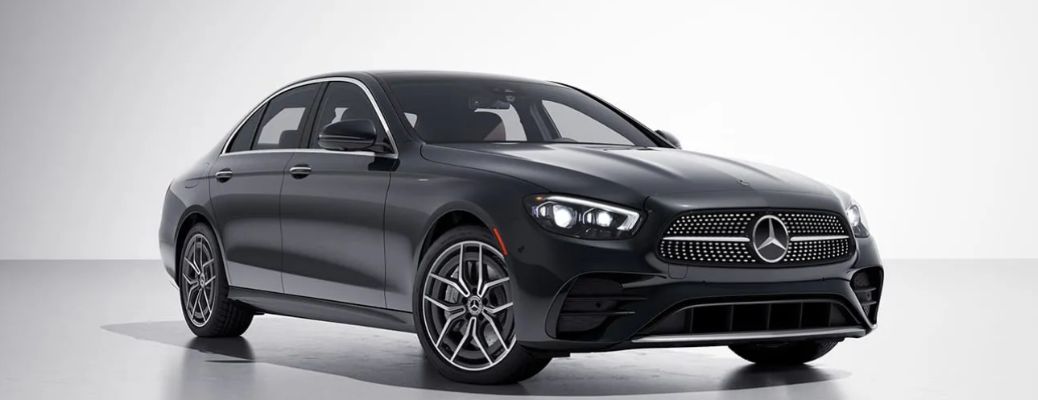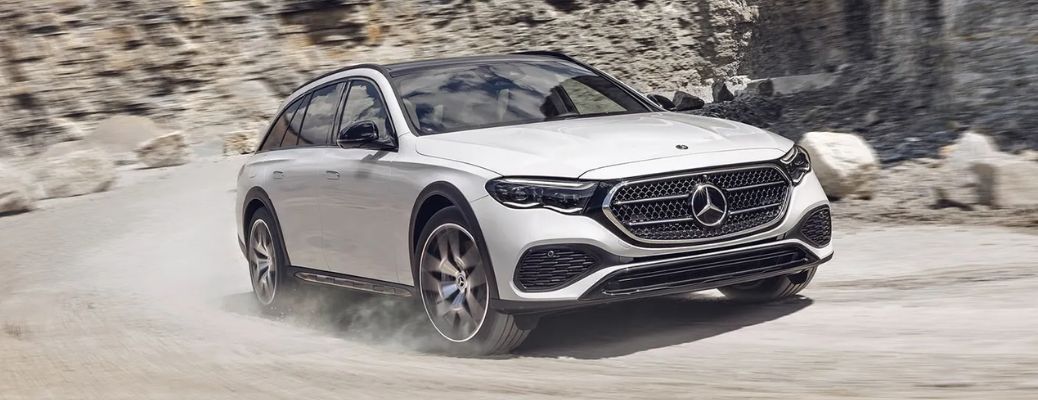Much like the vacuum of outer space, the Mercedes-Benz lineup is vast and mysterious. It has so many models that the company just uses letters to distinguish between models. In America, we use fun, emotional names like Mustang and Volt to describe our cars, so why does Mercedes-Benz choose lifeless letters from an alphabet that was invented in 8th century BCE? You may be surprised to find out that many of the Mercedes-Benz class letters actually stand for something. Something lost in time.
Where did the name Mercedes come from?
E-Class Introduction
Like most of the other cars in the Mercedes-Benz garage, the E in E-Class has been around for a long time. Prior to the prefix nomenclature, the E-Class existed all the way back to 1935, but the E-Class as we know it was officially introduced in 1993.
How the E-Class Got Its Name
The invention of fuel injection came along in the 1980s. Basically, fuel injection describes the way the gas is shot into each cylinder with precise spurts. It replaced the carburetor, which would allow gas and air to flow freely into the engine, and made cars much more efficient and reliable. The German word for fuel injection is Einspritzmotor, and this is where the E-Class came from. Once fuel injection became standard technology in the industry, Einspritzmotor got shortened to E-Class and now we only look back for fun.
82 Years to Autonomy
When the E-Class chassis was first unveiled in 1935, not a soul on the planet had the insight to predict that this would be the car to introduce autonomy to the United States. The 2017 Mercedes-Benz E-Class uses DISTRONIC PLUS, DYNAMIC SELECT, and DRIVE PILOT to drive itself at highway speeds, regardless of center-line visibility or road conditions. If you have any questions about the origin of the Einspritzmotor, leave a comment below!






